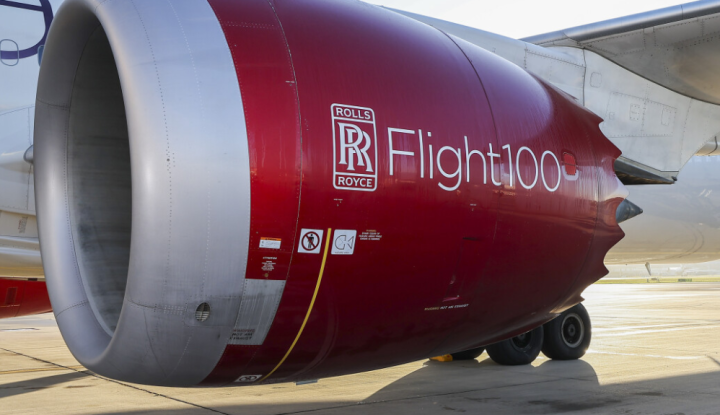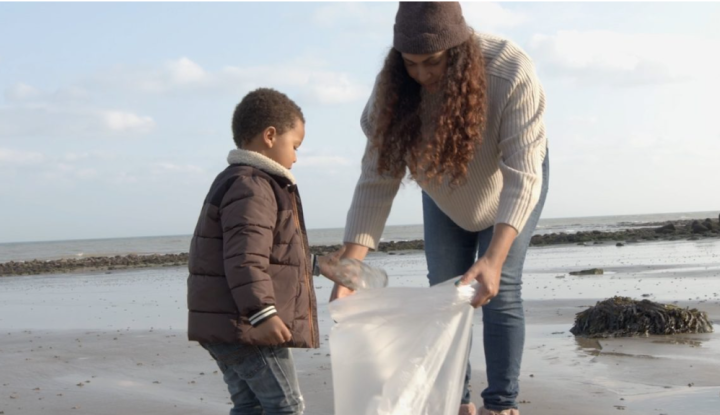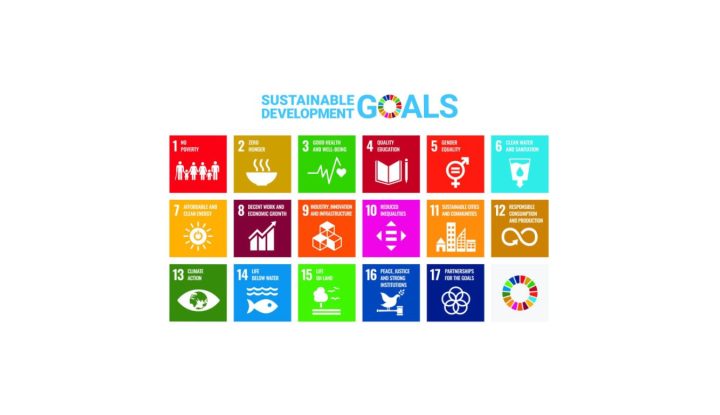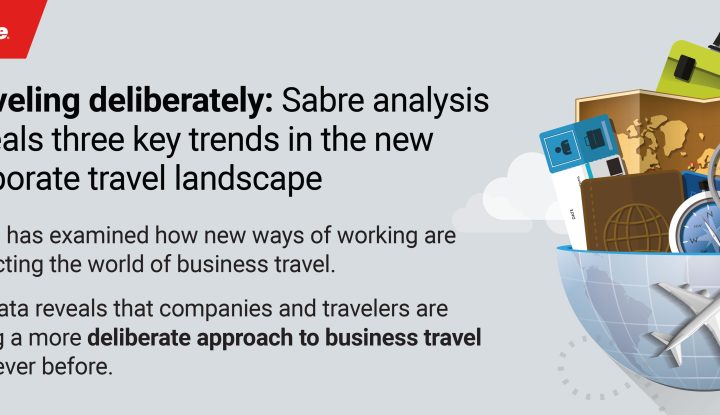Article
Partner Perspective Interview: Andrea Bertoli of lastminute.com
- Agencies & OTAs
- Airline IT
- Airline Retailing
- Airlines
- Around the Industry
- Client Stories
- Corporate Travel
- CSR
- Culture
- Data & Analytics
- Developers & Startups
- Distribution
- Hospitality Solutions
- Hotels
- Leadership
- Mobility
- NDC
- News
- Offer & Order
- Payments
- Research
- Retailing & Merchandising
- Sabre APAC
- Sabre Labs
- Sustainability
- Sustainability
- Technology
- Travel Trends
- Travelers
- Traveller Experience
- Share on Facebook
- Share on Twitter
- Share on LinkedIn
- Print page
Related Post
-
Article

January 29, 2024
6 steps to addressing legacy enterprise code
Legacy code is a fact of life, but it can’t be ignored. Here are six practical steps to identify and refactor legacy code in your organization. By Rich Dixon Legacy code is a ubiquitous challenge for software developers,...
-
Article

January 17, 2024
Sabre’s global team member survey reveals what really matters to travel industry insiders when making 2024 travel plans
Spending more, booking earlier, lost luggage fears and delayed revenge travel are some of the insights provided by Sabre’s global workforce in a recent survey about 2024 travel planning Ever wondered what travel industry experts consider...
-
Article
December 15, 2023
Empowering mindful innovation – the crucial role of responsible AI
Artificial Intelligence (AI) has become a transformative technology across various industries, including the travel sector. It has the potential to revolutionize customer experiences, enhance personalization, and improve operational efficiency. However, the rapid advancements in AI also...
-
Article

November 28, 2023
World’s first transatlantic flight powered completely by sustainable fuels takes off today!
Flight 100Image credit: Virgin Atlantic Virgin Atlantic Flight 100 flying from London to New York November is a big month for clean aviation! Virgin Atlantic is running the world’s first transatlantic flight powered solely by sustainable...
-
Article

November 3, 2023
Global Responsible Tourism Award Winners Showcase Best Practice
Community-led excursions in Cape Town, glass recycling as a tourist attraction in Eswatini and agriculture connections in India are among the inspiring winners of this year’s Global Responsible Tourism Awards which showcase the world’s change makers...
-
Article

October 24, 2023
Virtual payments: the power of an orchestration engine
Do your supplier payments cost or make you money? Instead of allocating expensive engineering time to build and maintain a solution for international multi-supplier payments, you can take the technical complexity out of the equation while...
-
Article

September 18, 2023
Embracing sustainability in travel: How the travel industry can support the UN SDGs
The United Nations Sustainable Development Goals (SDGs) provide a universal blueprint to address the most important global challenges by 2030. Travel and tourism is a diverse, interconnected industry and it touches on the majority of the...
-
Article

September 13, 2023
Traveling deliberately: Sabre analysis reveals three key trends in the new corporate travel landscape
Sabre has examined how new ways of working are impacting the world of business travel. Our data reveals that companies and travelers are taking a more deliberate approach to business travel than ever before. A pivotal...